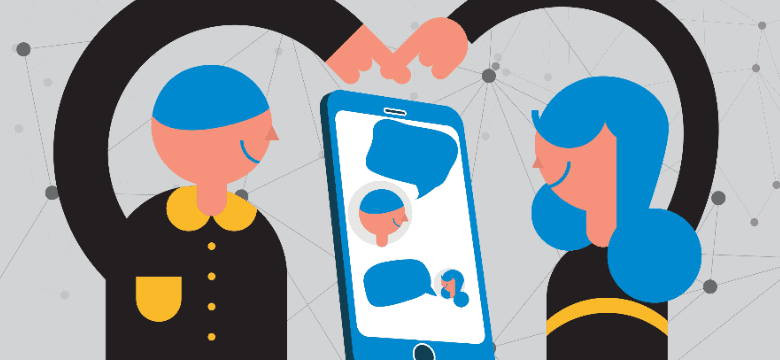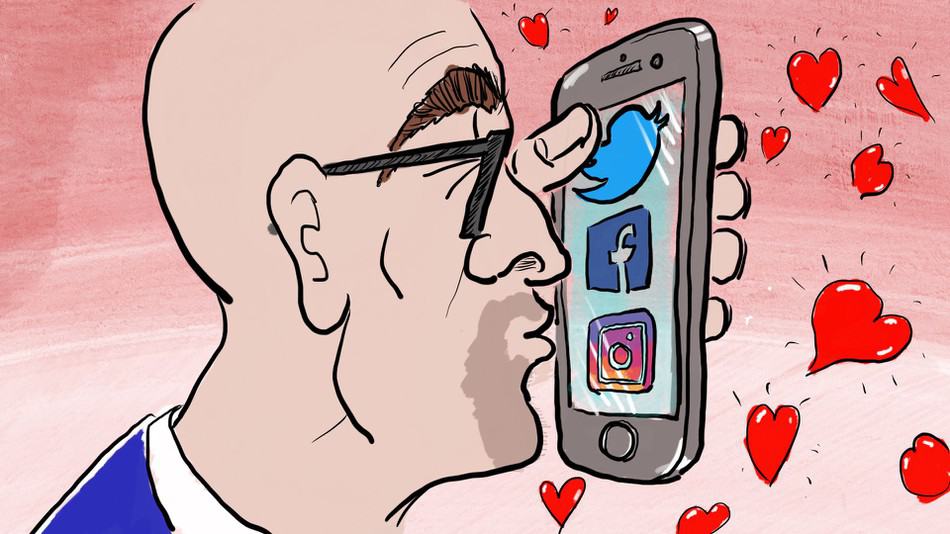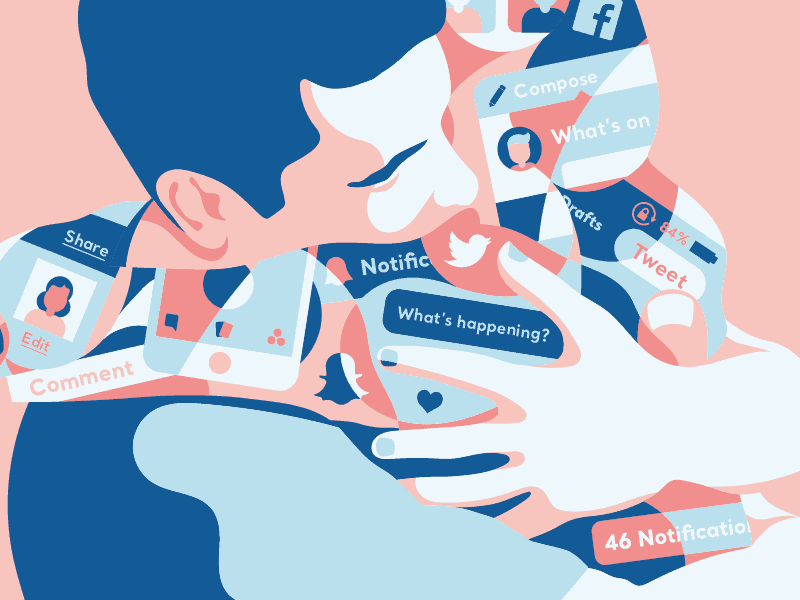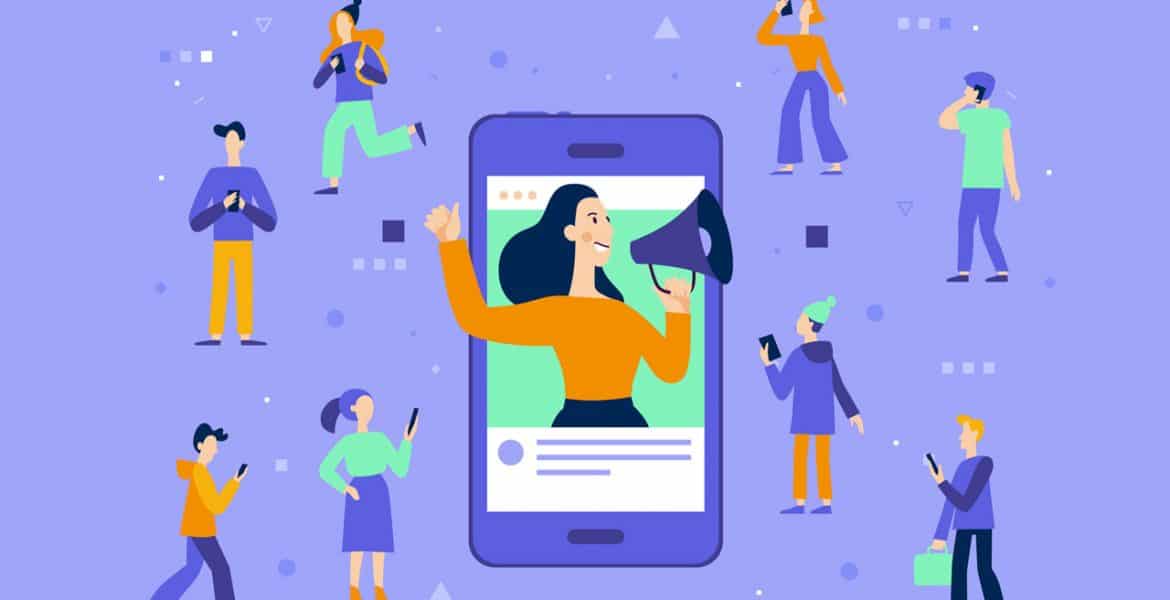Twitter Taught me how to feel, now real life has no appeal
We are the first generation who truly doesn’t have to go at love alone, and it shows.
We are the first generation who truly doesn’t have to go at love alone, and it shows.
Last week on Nigerian Twitter, a viral trending topic, #RedFlag , explored the peculiarities of the dating culture in Nigeria. After a full 48 hours of hilarious tweets contributing to the topic, it also highlighted how influential crowd-sourcing personal experience and social expectations is, for an entire generation who have been self-groomed on a diet of social media.
It started innocently enough, with a single tweet about rap’s toxic king, Future, which suggested that men who ascribe to his ethos should be avoided. This sparked some serious, other humorous responses, making a digital compendium of all the ways in which we have come to define behaviour in potential romantic partners.
Inspired by the women’s takes on what they consider red flags, Twitter user @D_iiW asked other men to share what they consider red flags in romance and relationships, and all of Twitter descended on the trend, sharing their souped-up versions of anecdotal evidence.
Although strappy sandals, took the worst hit (spawning nearly 24 hours of pure entertainment), two things were made clear amidst the banter; millennial humour fuelled the conversation, and everyone’s ‘Red Flags’ hinted at a complex, yet, defined rule book for relationships and courting in the age of @s and hashtags.

While the Red Flag trend seems like an isolated case, the reality is that it’s only one event in a series of ever-expanding negotiations on the dynamics of contemporary relationships.
In the past, to meet someone new, you would have to leave your home, whereas, these days, digital media has made it such that without your input, permission or physical effort, you are offered an endless array of potentially compatible persons to connect with, all with the click of a button. The Internet, by extension, circumvents a lot of the emotional and intellectual barriers required when starting new relationships, platonic and otherwise. For many young people, their most enduring and fulfilling relationships live online, however, the real task is keeping a manageable network of friends and acquaintances – much like a start-up CEO would.
In Twitter threads, Instagram and Facebook DMs, swiping and tapping through Tinder, Bumble and Grindr, we are trying to sift through a near-endless offering of attractive, emotionally available people to find someone who we can take ‘offline’. It has never been this easy to be in constant virtual communication with a plethora of desirable people from all over the world, hoping for a possible happy ending. Having this many options means we often develop choice paralysis, and tend to look to external sources for metrics to cull our options.
Relationships online seem like a low-risk, high-reward bargain at first, with the possibility of a big offline pay-off, if your gamble works in your favour. However, it also comes with the risk of increasing susceptibility to pseudo-social relationships, where we form strong bonds with people who seem to share enough of themselves that we are able to create a convincing illusion of a real relationship – platonic or otherwise.

Much like cars revolutionised modern love in the ’40s and drugs revolutionised courting in the ’60s, social media has changed the dating game for the past decade. One’s preferred choice of social media platform has a significant influence on who they become, and how they date. On Instagram for example, a spur of likes on old photos indicates that a person is trying to get your attention. Frequent responses to tweets can constitute as very subtle flirting on Twitter, and Facebook is renowned for its descriptors that allow people to announce changes in their romantic status, without having to officially inform their families and friends.
Tinder, Bumble and Grindr, all give the option for a user to connect their social media profiles to their dating profiles, so significant love interests don’t have to stalk to find secondary information – even the cursory Google search to browse a potential lover’s digital footprint is now as commonplace as a handshake.
As with everything, social media comes with its pitfalls, with the most reviled being cat-fishing, the use of false identities to start and sustain real relationships. The betrayal when the party being catfished uncovers the truth has become a reality of digital dating, so much so, that there are hit television shows built around the idea.
Infidelity is much easier with social media, as is narcissistic and sociopathic behaviour. The ‘delay’ of digital interaction means that a facade of interest and civility can be kept alive much longer than it would be possible to in a physical relationship. But the most frightening thing about social media-based relationships is the dual reality of performativity and isolation.

Every social media relationship is plagued with the decision of publicly displaying affection and opening the relationship to an audience or maintaining privacy and forgoing any public spontaneity for risk of outing the relationship. These flaws, however, are no less damning than the risks of a physical relationship.
While the nature of these conversations are fairly predictable and subject to the rules of the platforms they’re being had, their triggers aren’t so easily predictable. Anecdotes, a random question, an unrelated video clip, anything really can spark an interaction that spirals into wildfire topic, enveloping the denizens of Nigerian Twitter, spilling out onto other platforms and eventually offline.
The combination of the volatility of the internet and the emotional toll of the experiences that inspire these conversations mean that the debates that follow are extremely difficult to navigate with neutrality. Sometimes, they veer into a territory that would be considered bullying.
A recent example happened a few weeks ago when male Twitter users started a pointed conversation about how heterosexual men, who had started public relationships on the platform were dealing (or not dealing) with the eventual fallout from the uncoupling of their very public relationships. Laced with the acerbic humour that usually undercuts conversations that revolve around male emotions, a number of the named subjects had to step forward and make public statements addressing the chatter, naming it as ‘harassment’, and essentially reiterating that breakups are devastating for men as they are for women.
These conversations aren’t always productive, however. #TwitterAfterDark, is a hashtag that celebrates sex, the naked body and wanton lust. Pockets of resistance, aptly categorised as freak accounts, exist for users who want to indulge their baser instincts without worrying about their carefully constructed digital identities.
Sub-fetish groups like furries and BDSM groups are able to find each other and form visible communities on the internet, challenging the misconceptions about their sexual identities and proclivities. The end product of all these niche communities and sociological conversations is information about relationships that is crowdsourced and sifted through to simultaneously affirm and disprove whatever beliefs we already hold.

This stew of pseudo-social relationships, choice paralysis and oversharing has led to a truly woke dating scene. Misogyny, privilege and consent are words we weave into our discussions of sex, rarely misapplying them in romantic situations. While everything is clearly defined, because we have worried each topic down to the bone, the internet keeps expanding the boundaries for possibilities, and demanding more acceptance for non-mainstream fetishes, expectations and desires.
This hyper-visibility has created catchment for LGBT+ and non-conforming persons, who are unable to express their sexualities offline. It has also made internet-aged young people hesitant to commit; to any assumptions, declarations or expectations. Nothing has to be taken purely on its merit, when there is an answer or personal anecdote an Instastory away.
Digital dating is one that demands radical honesty from its commentators and its principal players. In exchange, it offers validation that our experiences, while unique are not isolated. Dating in the Internet age avails a cloud resource that challenges our biases and occasionally affirms them. Today, young people now have universal romance languages, like #RedFlags under which we can couch our diverse experiences, no matter whether we’re dating in Brooklyn or Bariga.
Illustration Credits: KenyaKelly, Dribble, AdvertisingWeek

